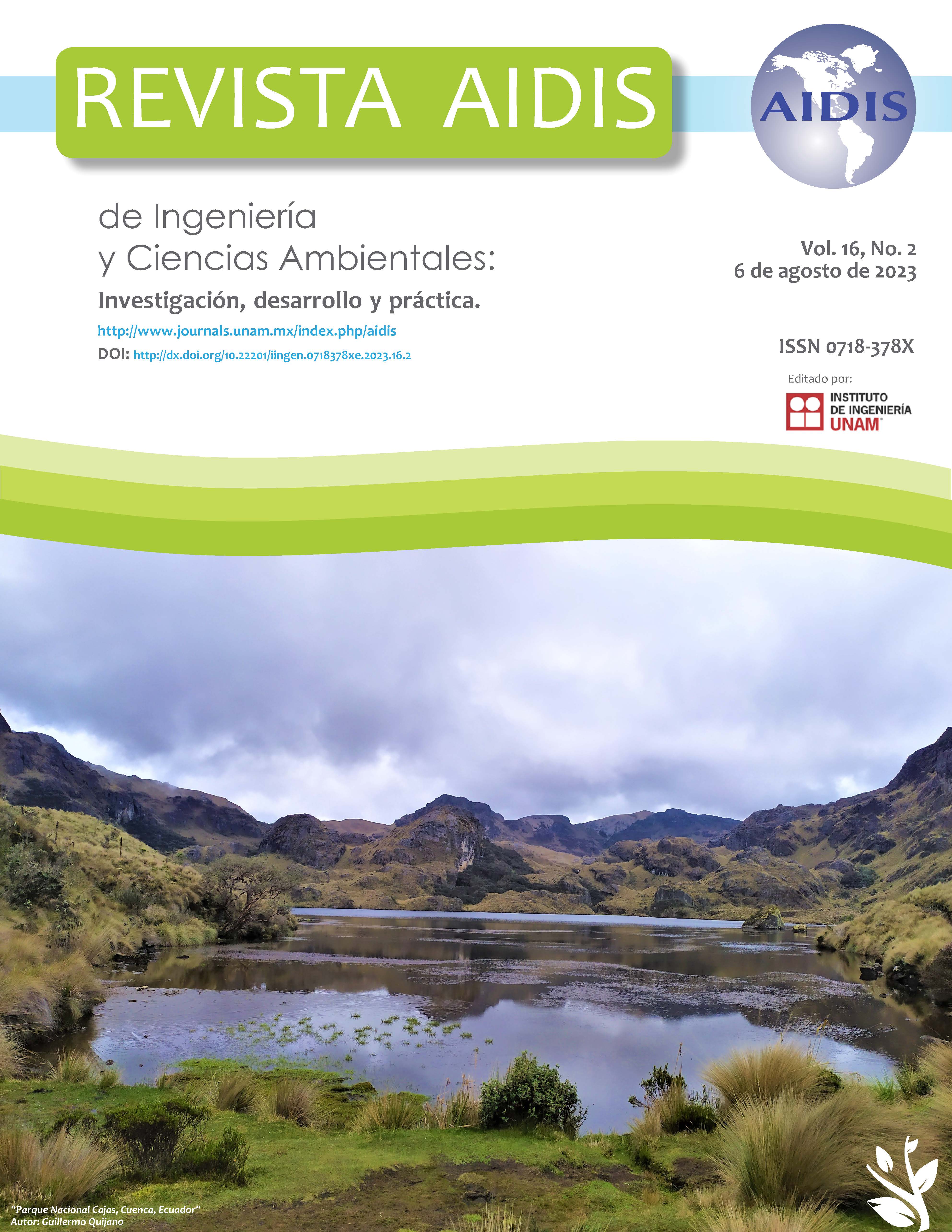COMPARISON OF CONTAMINANTS REMOVAL EFFICIENCIES IN WASTEWATER USING CONSTRUCTED WETLANDS OF SINGLE AND TWO STAGES
Contenido principal del artículo
Resumen
Constructed wetlands are green technologies, nature-based solutions, that use phytoremediation for the treatment of wastewater studied in domestic, industrial, and agricultural uses and products such as hydrocarbons and some emerging pollutants. The objective is to analyze the efficiency of the constructed wetlands for the removal of heavy metals, nutrients such as phosphorus, and nitrogen in wastewater treatment. This study presents the results of contaminant removal from two types of constructed wetlands; single-stage and two-stage, which determine their efficiency. The removal of COD, BOD, phosphorus, fats, nitrogen, solids and others, showed similar efficiencies for each plant, with removal ranges between 16% and 95% relative to each pollutant analyzed. As a complement, the concentration of heavy chromium VI, cadmium, and total iron were reduced and analized thlrough the UV-VIS spectrophotometric method, which from three absorbance measurements for each metal, with wavelengths of 540 nm, 228 nm, 8 nm, and 510 nm, respectively, efficiencies of 62% and 85% were found for chromium VI removal; 43% and 53% removal for cadmium; 37% and 53% removal for total iron, results according to single-stage and two-stage plants.
Detalles del artículo
Citas en Dimensions Service

Esta obra está bajo una licencia internacional Creative Commons Atribución-NoComercial-SinDerivadas 4.0.
